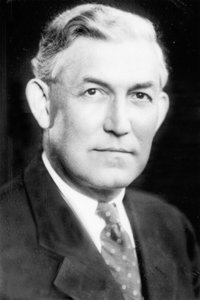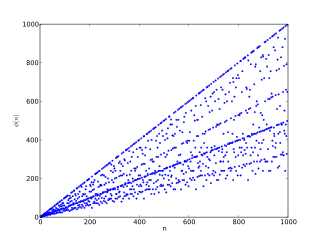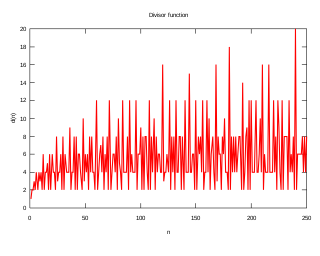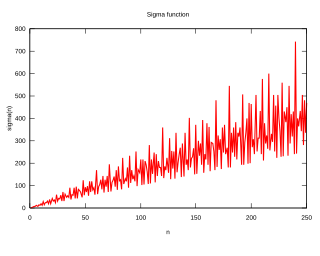
A highly composite number is a positive integer that has more divisors than any smaller positive integer. A related concept is that of a largely composite number, a positive integer that has at least as many divisors as any smaller positive integer. The name can be somewhat misleading, as the first two highly composite numbers (1 and 2) are not actually composite numbers; however, all further terms are.
Contents
- Examples
- Prime factorization
- Asymptotic growth and density
- Related sequences
- See also
- Notes
- References
- External links
Ramanujan wrote a paper on highly composite numbers in 1915. [1]
The mathematician Jean-Pierre Kahane suggested that Plato must have known about highly composite numbers as he deliberately chose such a number, 5040 (= 7!), as the ideal number of citizens in a city. [2] Furthermore, Vardoulakis and Pugh's paper delves into a similar inquiry concerning the number 5040. [3]









































































































